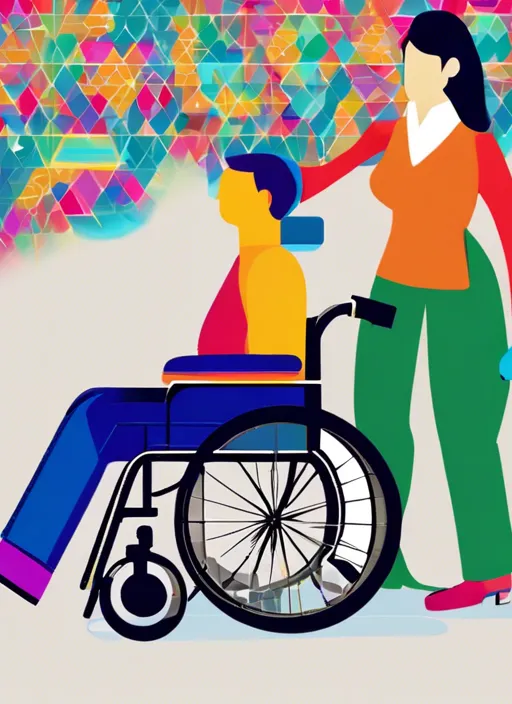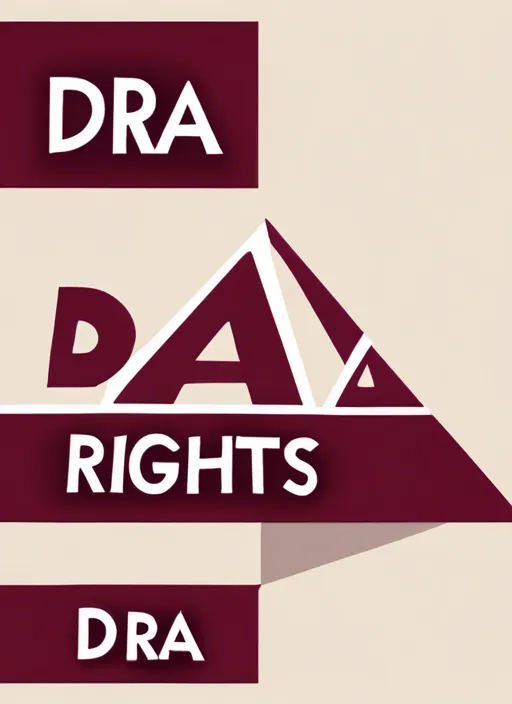
Empowering Every Student: The Impact and Effectiveness of the Individuals with Disabilities Education Act (IDEA)
Introduction
Education is a cornerstone of opportunity and progress, yet for millions of children with disabilities, access to a quality education was once a distant dream. The Individuals with Disabilities Education Act (IDEA), enacted in 1975, transformed that landscape by ensuring that children with disabilities receive free and appropriate public education (FAPE). This landmark legislation laid the foundation for inclusion, equity, and access in education. This article explores the importance of IDEA, its impact on the education of students with disabilities, and evaluates its effectiveness in shaping a more inclusive educational environment.
Understanding IDEA and Its Core Principles
The Individuals with Disabilities Education Act (IDEA) mandates that public schools provide tailored educational opportunities to students with disabilities. Rooted in the belief that every child deserves access to education, IDEA was a response to decades of systemic exclusion that marginalized students with disabilities.
Key Principles of IDEA:
Free and Appropriate Public Education (FAPE): IDEA guarantees that students with disabilities receive a tailored education at no cost to families.
Individualized Education Program (IEP): Schools are required to develop a unique plan for each eligible student, outlining specific educational goals and the resources needed to achieve them.
Least Restrictive Environment (LRE): IDEA promotes the inclusion of students with disabilities in general education classrooms whenever possible, ensuring they learn alongside peers without disabilities.
Procedural Safeguards: Parents and guardians are given a voice in the decision-making process, with legal protections to address disputes.
Comprehensive Evaluation: Students are evaluated comprehensively and without bias to determine their eligibility for special education services.
Parent and Student Participation: IDEA emphasizes collaboration between families, students, and educators to create the best possible educational outcomes.
Why IDEA Matters: Ensuring Equity and Access
Before the passage of IDEA, students with disabilities were often denied enrollment in public schools or provided inadequate and segregated education. IDEA marked a paradigm shift, recognizing education as a right for all, regardless of ability.
Promoting Inclusion:
The law fosters inclusive classrooms where students with and without disabilities learn and grow together. This approach not only enhances academic achievement but also encourages empathy, understanding, and social integration.
Supporting Individual Growth:
Through the development of IEPs, IDEA ensures that education is tailored to the unique needs of each student. This personalized approach addresses specific challenges while building on individual strengths.
Combating Systemic Barriers:
IDEA challenges systemic inequalities by requiring schools to provide necessary resources, such as assistive technology, specialized instruction, and related services like speech therapy and counseling.
Assessing the Effectiveness of IDEA
Over nearly five decades, IDEA has been instrumental in reshaping educational opportunities for students with disabilities. Yet, its effectiveness has been a subject of ongoing evaluation and debate.
Achievements of IDEA:
Increased Graduation Rates:
Students with disabilities are graduating at higher rates than ever before, demonstrating the positive impact of tailored support systems.Access to General Education:
More students are participating in general education classrooms, benefiting from interactions with peers and access to the same curriculum.Expanded Awareness and Advocacy:
IDEA has raised awareness about the rights and needs of students with disabilities, empowering parents and communities to advocate for better services.Improved Teacher Training:
The law has spurred professional development programs, ensuring educators are equipped to support diverse learners effectively.
Challenges and Areas for Improvement:
Resource Constraints:
Many schools face funding shortages, limiting their ability to fully implement IDEA’s mandates. This affects the availability of support staff, specialized programs, and assistive technology.Disparities Across States:
Implementation varies widely across states and districts, leading to inconsistent access to quality special education services.Overburdened Educators:
Special education teachers often manage large caseloads, impacting their ability to provide individualized attention to each student.Parental Challenges:
Parents, particularly those from underserved communities, may lack the resources or knowledge to advocate effectively for their children’s rights under IDEA.
Real-Life Impact: Stories of Transformation
To understand the true value of IDEA, consider the stories of students whose lives have been transformed by its provisions:
Maria’s Journey to Independence: Born with cerebral palsy, Maria struggled with communication and mobility. With the help of assistive technology and a dedicated IEP team, she excelled academically and is now pursuing a degree in computer science.
Jamal’s Path to Inclusion: Diagnosed with autism, Jamal faced significant social and sensory challenges. IDEA’s emphasis on inclusion allowed him to thrive in a supportive classroom environment, where he built friendships and confidence.
These stories illustrate the far-reaching impact of IDEA, not just on academics but on lifelong opportunities for independence and success.
Future Directions for IDEA
While IDEA has made remarkable strides, there is still work to be done to achieve its full potential. Policymakers, educators, and communities must collaborate to address lingering challenges and adapt to evolving needs.
1. Increased Funding:
Adequate funding is critical to provide the resources schools need to implement IDEA fully, including hiring specialized staff and purchasing assistive technologies.
2. Professional Development:
Continued investment in training for teachers and administrators can ensure they are well-prepared to meet the diverse needs of students with disabilities.
3. Parental Support:
Empowering parents through education and advocacy programs can help them navigate the complexities of IDEA and advocate effectively for their children.
4. Bridging Disparities:
Efforts should focus on reducing disparities in IDEA implementation across states and districts, ensuring equitable access to services nationwide.
5. Emphasizing Transition Services:
As students with disabilities move from school to adulthood, expanded transition services can support pathways to higher education, employment, and independent living.
Conclusion
The Individuals with Disabilities Education Act has profoundly shaped the educational landscape for students with disabilities, turning exclusion into inclusion and limitations into opportunities. By guaranteeing access to tailored education, IDEA has empowered countless students to reach their potential and contribute meaningfully to society. However, to honor its promise fully, continued efforts are needed to address challenges and ensure equitable access for all. IDEA stands as a testament to the power of legislation to drive social change and create a more inclusive future for generations to come.
Disability Rights Advocate
3 Keswick A
Deerfield Beach, FL 33442
Private Policy
Terms & Conditions

